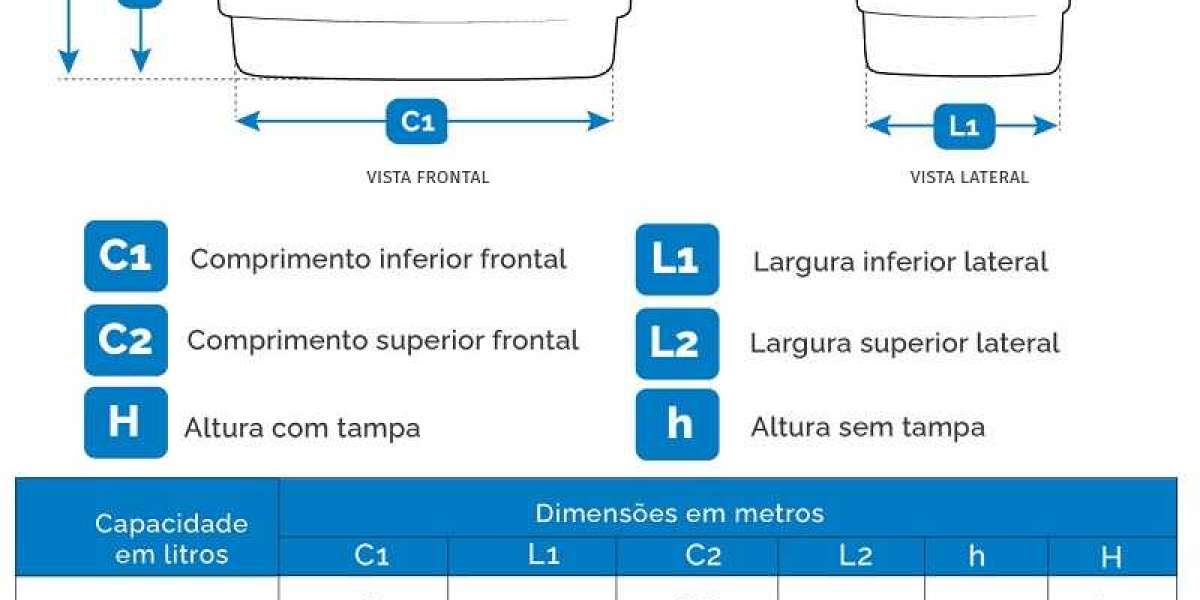Dealing with radiology billing reimbursement can be tough. Claim rejections and delays are frustrating and lead to longer patient care times, unused equipment, and wasted physician hours. Recently, many imaging centers have seen a rise in prior authorization denials—sometimes by as much as 300%. With more procedures needing authorization and constantly changing guidelines from payers, imaging centers across the country are struggling. Problems often arise due to missing documentation from referring physicians and shifting payer policies.
There is a popular saying "if it’s not documented, it wasn’t done" and it goes really apt with radiology billing services. Always remember one thing that accurate documentation and coding are the crucial elements of your radiology billing practice. Delays in starting cancer treatment can increase the risk of death. A 2018 survey by the American Society for Radiation Oncology found that 93% of oncologists reported their patients faced delays due to authorization issues, with 31% saying these delays averaged more than five days.
To manage am error-free radiology billing practice, you must know about the critical challenges associated with the billing.
5 frequently committed mistakes in radiology billing services:
1) Missing prior authorization:
For several imaging procedures like CT scans, PET scans, MRIs and some other imaging services, you must need to obtain prior authorization approvals from a patient’s insurance company. Before you schedule these procedures, you need to get this authorization. Typically, the provider who recommends the imaging is responsible for securing it. However, you can also reach out to the provider who suggested the procedure to ask for a prior authorization number before you make any appointments.
Your claim might get rejected if you don’t review or request prior authorization. Additionally, there's a chance that members won’t be billed for services if this step is missed. To get reimbursed, make sure the prior authorization is backed by medical need, matches the charges from the provider listed, and is submitted on time. All these steps need to be completed to ensure you receive reimbursement.
2) Incomplete radiology report:
The American College of Radiology requires you to include you all the critical information as mentioned below-
Here’s what you need to include:
- Exam Name: The specific name of the test or procedure performed.
- Description: Details about the exam, including any sequences or techniques used.
- Physician’s Signature: Signature of the doctor who conducted or interpreted the exam.
- Comparison Studies: Any previous studies that the current exam is being compared to, if relevant.
- Clinical Indication: The reason or medical need for the exam.
- Findings: The results or observations from the exam.
- Conclusion and Recommendations: Any final conclusions and recommendations, if applicable.
From coding perspective, missing any of the information mentioned above can cause your practice to encounter claim denials and hampered cash flow.
3) Inadequate claim information:
Accuracy is crucial for getting prior authorization approved. Missing any of the following information can cause your practice to encounter denied claims-
- Name of your patient
- The address of the patient
- Patient’s phone number
- Patient’s date of birth
- Group number
- Ordering provider’s name
- Ordering provider’s email address
- Ordering provider’s phone and fax numbers
- Ordering provider’s mailing address
- Ordering provider’s tax number
If your claim gets denied due to incomplete prior authorization because of incorrect insurance details, you can submit an application to correct it.
4) Inaccurate patient identifier information:
The truth is that inaccurate accurate patient information is a more severe mistake than missing details. You must include a patient’s name, DOB and sex accurately. It is always important for you to carefully check a patient’s primary and secondary insurance providers and policy number to avoid any error. Make sure that are using the accurate diagnosis code.
5) Terminated or not covered services:
Understanding the patient's insurance plan and the services you offer is crucial. Always check the patient’s eligibility before providing services, as insurance details can change. Make sure to verify coverage termination, ensure the services you provide are covered, and check if the maximum benefit has been reached.
Luckily, you can avoid these major mistakes by outsourcing your billing to a radiology billing company. This lets you concentrate on patient care, while your billing partner handles the entire revenue cycle management process for you.







